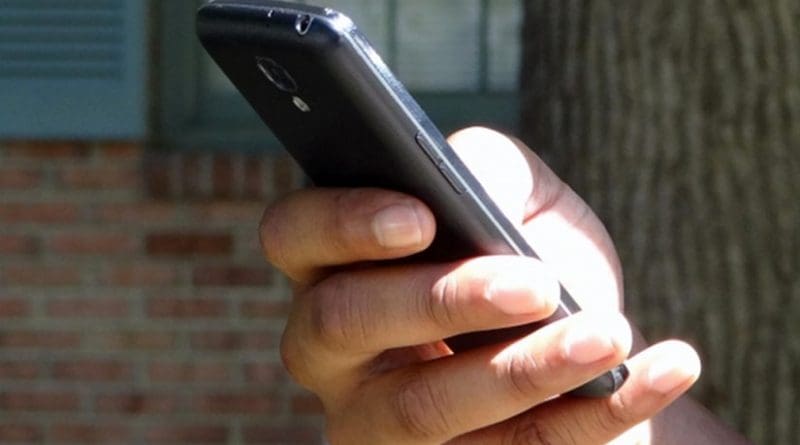Mobile Device Signals Can Help Estimate Number Of People Attending A Demonstration
A team of scientists from the universities of Granada and Jaén has designed a new computer method that allows monitoring the movement of people or vehicles using the WIFI and Bluetooth signals emitted by their mobile devices.
Among many other applications, this system allows real-time measurement of traffic flow in urban environments at different times of the day, the number of people participating in a protest, or the people who come in and out a mall each day.
The project, called Movilidad Sostenible en Tiempo Real (Real-Time Sustainable Mobility), has been fully funded by the Andalusian Regional Government through its Andalusian Studies Foundation, and it has been implemented thanks to the collaboration of Granada’s Mobility Area. Its main novelty is that it uses a non-intrusive device, that is, it’s not necessary to perform any work on the road in order to install it, since it is a small box that can be placed, for example, at a traffic light.
“We only need a place with electricity and an Internet connection to install the device, which is also much cheaper to manufacture than other similar devices that already exist in the market,” said María Isabel García Arenas from the UGR department of Computer Architecture and Technology, lead researcher of this project.
Information available on Twitter
In the case of traffic measurement, the software designed at the UGR allows to accurately monitor the number of vehicles passing near the traffic light where the device is located, based on the WIFI and Bluetooth signals emitted by their cellphones (even when said technologies are not being used at that time and are turned off). That way, the system counts how many cars per minute pass through that point and automatically sends this information to the Twitter account @mobywit to make it public. It can tell the user how long would it take to get from one point of the city to another, for example.
So far, researchers have tested this system at various traffic lights in the center of Granada to measure traffic, and at the entrances and exits of the Higher Technical School of Information Technology and Telecommunications Engineering of the University of Granada (ETSIIT, from its abbreviation in Spanish) for monitoring the number of students entering and leaving the school.
“The possible applications for this new system are many and varied,” said Pedro Castillo Valdivieso, another of the UGR researchers involved in the project. “For example, we can estimate how many people participate in a protest based on the signal of their cellphones, or how many people attend to a concert. We could also monitor the path that tourists follow in the center of a city, which is a greatly useful information for municipalities wishing to improve accessibility, for example, or to increase security through police officers or the installation of traffic lights”.

